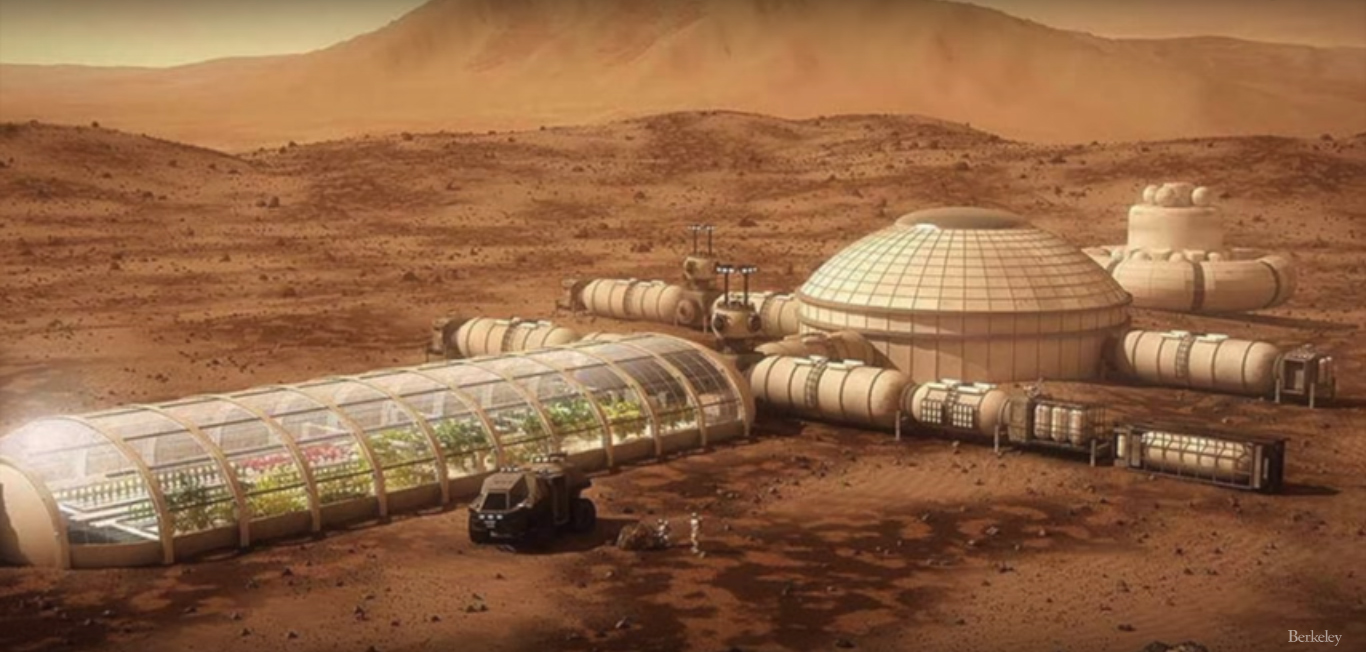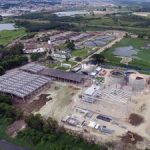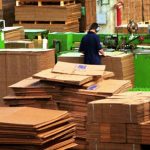Artificial leaves to produce fuel on Earth and, one day, Mars

Chame de “luz solar líquida”. Com a tecnologia correta, a estação de gás do futuro vai fazer seu próprio combustível direto da luz solar, e no processo, sugar carbono e produzir oxigênio.
Décadas no futuro, essa mesma tecnologia poderá produzir combustível e oxigênio para os primeiros Marcianos, e pode até ser adaptado para a produção de fertilizantes.
Peidong Yang está trabalhando nesta tecnologia, a qual ele se refere como “fotossíntese artificial”. Professor de química da University of California – Berkeley e pesquisador do Berkeley Lab, Yang e seus colegas já produziram novos modelos de materiais semicondutores para capturarem com eficiência a luz do sol e novas formas de catalisar e promover as reações químicas.
Sua equipe recentemente atingiu um marco histórico, demonstrando um processo no qual a luz solar brilha sobre uma solução aquosa borbulhada com dióxido de carbono para produzir combustível químico, polímeros e, em algumas condições, até mesmo intermediários farmacêuticos para a produção de remédios. O sistema protótipo converte energia química à uma eficiência maior que a natureza.
Químico inorgânico e nanotecnologia, Yang discutiu a premissa de uma fotossíntese artificial no ano passado na Cal Future Forum, demonstrando como Berkeley está liderando o caminho em criar sustentabilidade e fontes de energias renováveis para nos libertar de combustíveis fosseis.
Texto Original:
Call it “liquid sunlight.” With the right technology, the gas station of the future will make its own fuel directly from sunlight, in the process sucking up carbon and producing oxygen.
Decades into the future, the same technology could provide fuel and oxygen for the first Martians, and could even be tweaked to produce fertilizer.
Peidong Yang is at work on such technology, what he refers to as artificial photosynthesis. A UC Berkeley professor of chemistry and Berkeley Lab researcher, Yang and his colleagues have already produced new classes of semiconductor materials to efficiently capture sunlight for this process, and new types of catalysts to promote the chemical reactions.
His team recently reached a milestone, demonstrating a process in which sunlight shines into a water solution bubbled with carbon dioxide to produce chemical fuels, polymers and, under some conditions, even pharmaceutical intermediates to make drugs. The prototype system converts solar to chemical energy at a higher efficiency than nature.
An inorganic chemist and nanotechnologist, Yang discussed the promise of artificial photosynthesis last year at Cal Future Forum, demonstrating how Berkeley is leading the way in created sustainable and renewable sources of energy to wean us from fossil fuels.



